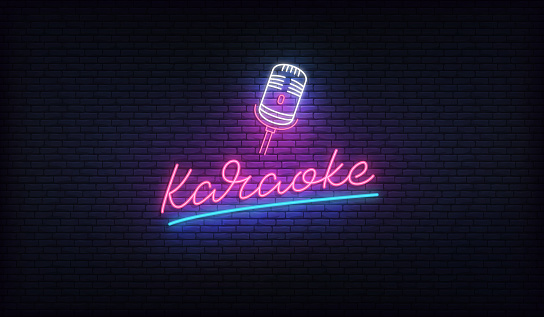There was a period when Karaoke machines were able to play cassettes, 8-track cartridges, and printed lyric sheets, which were eventually supplanted by CDs, LaserDisc, and VCDs. LaserDisc was introduced in the 1980s. Pioneer made Video Karaoke machines, which showed the lyrics over a music video as the audio played back in real-time.
Due to the lack of computer power of songs, a karaoke-based video game was created for the Nintendo Famicom in 1985 called Karaoke Studio. Karaoke had become extremely popular by the 1990s, not only in Asia but also in many other parts of the world. In-Home Karaoke machines were also introduced, although they didn’t last long in the American and Canadian markets.
After becoming aware of the situation, these computers began to be advertised as home theater systems, which raised the experience of viewing television to that of a movie theater. People in the business began to see the machines as a way to make money, so they began installing music as a kind of entertainment.
Smartphones
In 2003, a java MIDlet that runs with a textual content document that includes words and a midi file with the music was used by several groups to provide a karaoke service on mobile phones. Additionally, researchers have developed innovative karaoke games for mobile phones to help students learn song database information more effectively. For the Nokia series 60 phone, Northwestern College has released a Karaoke Callout game. Many online retailers now sell it for Android, iPhone, and other playback devices.
